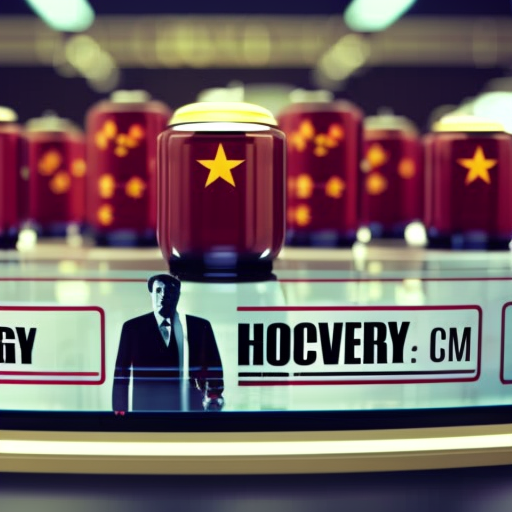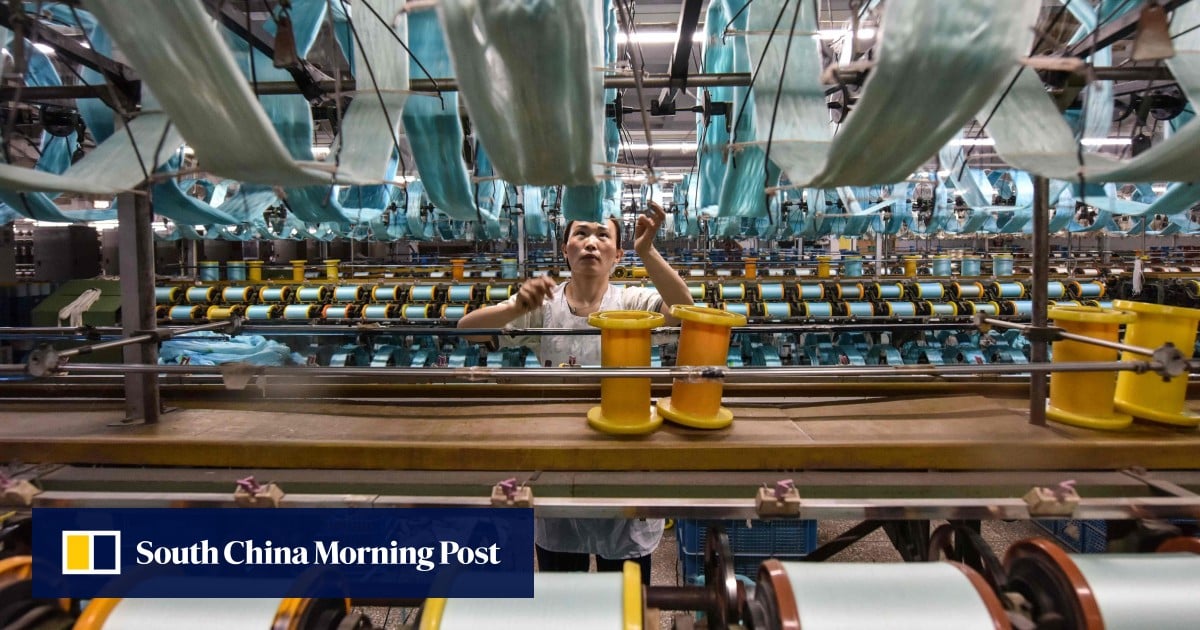
Sustainable Development Goals (SDGs) and China’s Manufacturing PMI

Introduction
The official manufacturing Purchasing Managers’ Index (PMI) in China remained above the watershed level of 50 in April, indicating expanding activity. However, the reading declined from the previous month, which had ended five consecutive months of contraction.
Impact on Sustainable Development Goals (SDGs)
- SDG 8: Decent Work and Economic Growth
- The figure above indicates that economic activities continue to expand, but more manufacturers are facing higher costs. This could dampen the recovery in corporate profits and private investment, affecting the goal of promoting decent work and economic growth.
- SDG 9: Industry, Innovation, and Infrastructure
- The subindex gauging new orders dropped in April, indicating that demand has not yet been fully consolidated. This could impact the goal of promoting sustainable industrialization and fostering innovation.
- SDG 12: Responsible Consumption and Production
- The pricing power of producers is weak, as seen in the faster expansion of production activities than demand. This, coupled with the contraction of output prices and the expansion of input prices, could affect the goal of promoting responsible consumption and production.
Expert Analysis
This in turn could dampen the recovery in corporate profits and private investment.
Chinese manufacturers had seen their profits fall by 3.5% year on year in March, ending seven consecutive months of growth as falling prices ate into margins. Consultancy firm Trivium warned that profit growth will remain tepid throughout the year unless Beijing takes action to address deflationary pressures and stimulate domestic consumption.
Capacity Build-up and Outlook
Data from ING pointed to a capacity build-up in some new industries, with manufacturing strength concentrated in the technology and car sectors. However, concerns about overcapacity and potential reactions from trading partners could create uncertainty about improving export orders.
Expert Analysis
This is the clearest proof of rather weak demand and economic recovery.
Non-Manufacturing PMI
The official non-manufacturing PMI, which measures sentiment in the service and construction sectors, stood at a three-month low in April. Weak consumer activity and a decline in new orders within the construction sector continue to pose challenges.
Conclusion
While China’s manufacturing PMI remains marginally above 50, indicating expansion, there are concerns about higher costs, weak demand, and low profit levels. These factors could impact the country’s economic growth and achievement of the Sustainable Development Goals.
SDGs, Targets, and Indicators Analysis
-
SDGs Addressed or Connected to the Issues Highlighted in the Article
- SDG 8: Decent Work and Economic Growth
- SDG 9: Industry, Innovation, and Infrastructure
- SDG 12: Responsible Consumption and Production
The article discusses the challenges faced by Chinese manufacturers, including higher costs, weak pricing power, and falling profits. These issues are directly related to SDG 8, which aims to promote sustained, inclusive, and sustainable economic growth, full and productive employment, and decent work for all. SDG 9 is also relevant as it focuses on promoting inclusive and sustainable industrialization and fostering innovation. Additionally, SDG 12 is connected to the article as it emphasizes the need for responsible consumption and production practices to ensure sustainable economic development.
-
Specific Targets Under the Identified SDGs
- SDG 8.2: Achieve higher levels of economic productivity through diversification, technological upgrading, and innovation.
- SDG 9.2: Promote inclusive and sustainable industrialization and, by 2030, significantly raise industry’s share of employment and gross domestic product.
- SDG 12.2: By 2030, achieve the sustainable management and efficient use of natural resources.
The article highlights the need for technological upgrading and innovation in order to achieve higher economic productivity (SDG 8.2). It also mentions the concentration of manufacturing strength in certain sectors, such as technology and cars, which aligns with the target of promoting inclusive and sustainable industrialization (SDG 9.2). Furthermore, the article implies the importance of sustainable resource management and efficient use of resources to address the challenges faced by manufacturers (SDG 12.2).
-
Indicators Mentioned or Implied in the Article
- Manufacturing PMI (Purchasing Managers’ Index)
- New orders subindex
- New export order subindex
- Producer price index (PPI)
- Profits of Chinese manufacturers
- Capacity build-up in new industries
The article mentions several indicators that can be used to measure progress towards the identified targets. The Manufacturing PMI, including its subindices for new orders and new export orders, provides insights into the expansion or contraction of economic activity in the manufacturing sector. The Producer Price Index (PPI) measures the cost of goods at the factory gate and can indicate the pricing power of producers. The profits of Chinese manufacturers reflect their financial performance and can be an indicator of economic growth. Additionally, the capacity build-up in new industries reflects the progress in achieving sustainable industrialization.
Table: SDGs, Targets, and Indicators
| SDGs | Targets | Indicators |
|---|---|---|
| SDG 8: Decent Work and Economic Growth | 8.2: Achieve higher levels of economic productivity through diversification, technological upgrading, and innovation. | – Manufacturing PMI (Purchasing Managers’ Index) – New orders subindex – New export order subindex – Producer price index (PPI) – Profits of Chinese manufacturers |
| SDG 9: Industry, Innovation, and Infrastructure | 9.2: Promote inclusive and sustainable industrialization and, by 2030, significantly raise industry’s share of employment and gross domestic product. | – Manufacturing PMI (Purchasing Managers’ Index) – Capacity build-up in new industries |
| SDG 12: Responsible Consumption and Production | 12.2: By 2030, achieve the sustainable management and efficient use of natural resources. | – Producer price index (PPI) – Profits of Chinese manufacturers |
Copyright: Dive into this article, curated with care by SDG Investors Inc. Our advanced AI technology searches through vast amounts of data to spotlight how we are all moving forward with the Sustainable Development Goals. While we own the rights to this content, we invite you to share it to help spread knowledge and spark action on the SDGs.
Fuente: scmp.com

Join us, as fellow seekers of change, on a transformative journey at https://sdgtalks.ai/welcome, where you can become a member and actively contribute to shaping a brighter future.






